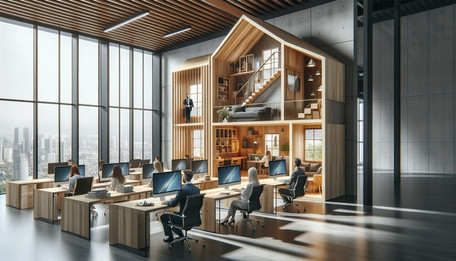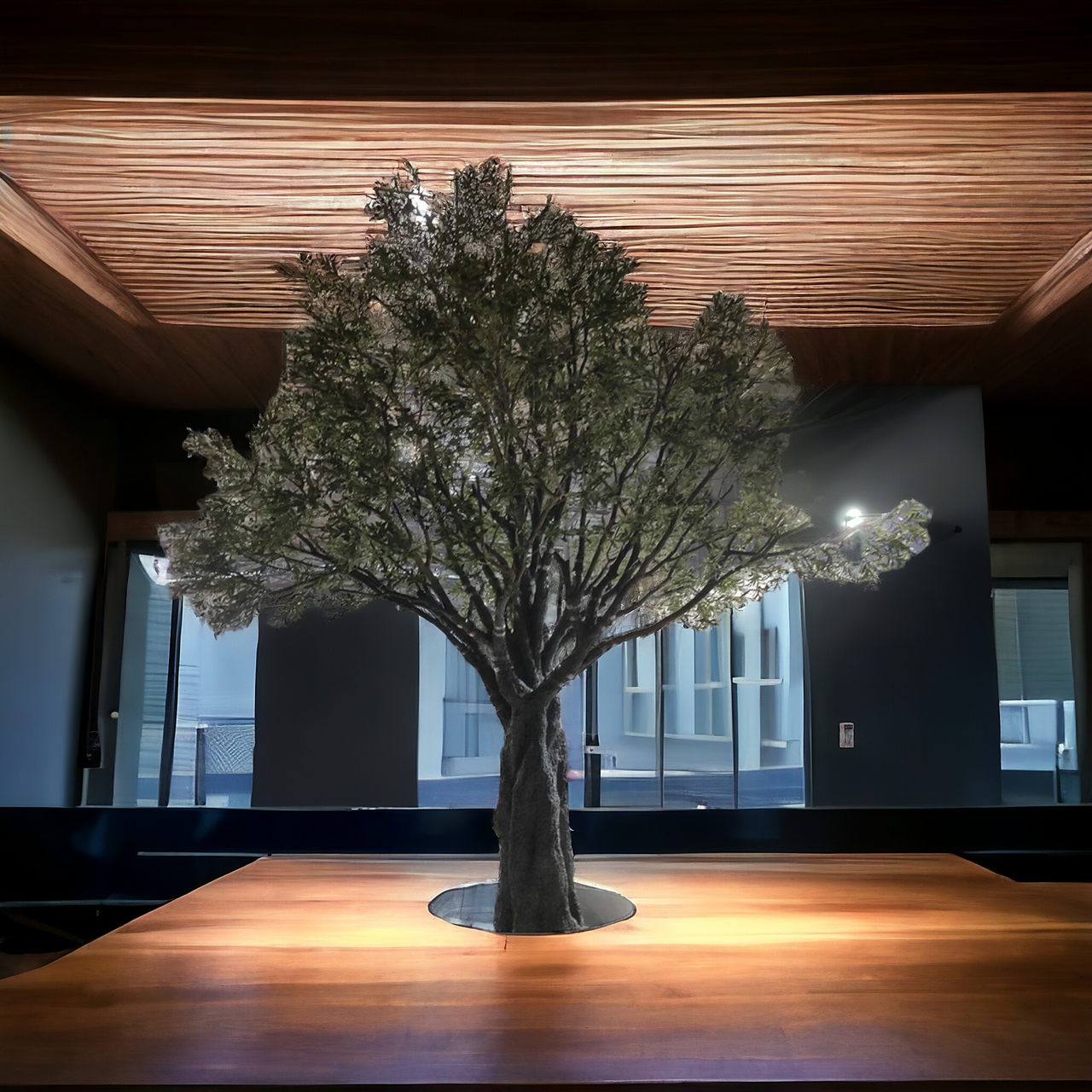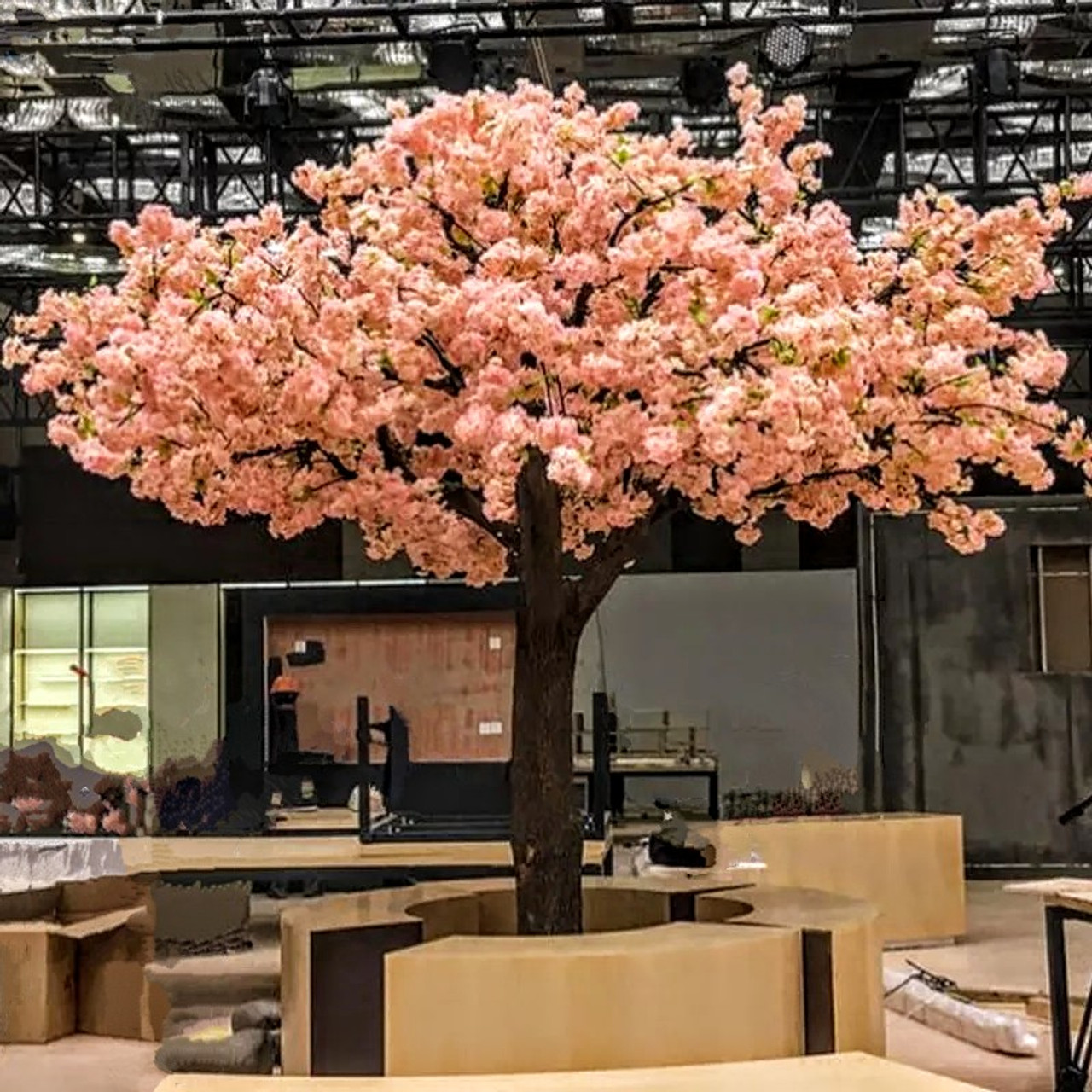Resimercial Design - The art of resimercial office design to make a workplace feel like home
28th Jul 2024
Resimercial Office Design - The art of resimercial design to make a workplace feel like home
What is resimercial design?
Resimercial design a contemporary approach that merges residential comfort and warmth with commercial efficiency and functionality. It embodies a design philosophy aimed at creating office spaces that feel more like homes, thereby fostering a more relaxed, productive, and collaborative work environment. This trend reflects a shift in workplace culture towards more flexible and comfortable settings, where the distinction between home and office becomes blurred. Resimercial design often incorporates elements such as soft seating, residential-style lighting, flexible workspaces, and homely accessories, aiming to enhance employee well-being and satisfaction.
Resimercial office design is a blend of residential and commercial design elements, aimed at creating workspaces that feel more like home while still being functional and conducive to productivity. This design trend is a response to the evolving needs of the workforce, where comfort, flexibility, and a more relaxed environment are increasingly valued. The goal is to make offices more welcoming and less formal, encouraging creativity, collaboration, and well-being among employees.
Key Features of Resimercial Office Design
- Comfortable Seating: Incorporating sofas, lounge chairs, and other comfortable seating options typically found in a home setting.
- Residential-Style Lighting: Using softer, warmer lighting fixtures instead of harsh, commercial lighting to create a cozier ambiance.
- Flexible Workspaces: Designing spaces that can be easily reconfigured for different tasks, including quiet areas for focused work and open areas for collaboration.
- Natural Elements: Bringing the outdoors in with plants, natural light, and the use of natural materials like wood and stone.
- Home-Like Décor: Adding rugs, artwork, and decorative items that you might find in a living room or home office.
- Technology Integration: Seamlessly incorporating technology into the design, ensuring that the space meets all functional needs without compromising on style.
Examples of Resimercial Office Design
- Lounge Areas: Creating lounge areas where employees can relax or have informal meetings, equipped with comfortable couches, coffee tables, and bookshelves, mimicking a living room.
- Open Kitchen Spaces: Designing fully equipped kitchen spaces that encourage employees to prepare meals, socialize, and collaborate in a more relaxed setting, similar to a home kitchen or dining area.
- Private Nooks: Incorporating small, private spaces that resemble a home office, providing a quiet retreat for focused work or confidential phone calls.
- Collaborative Worktables: Using large, communal tables often found in dining rooms for team meetings, brainstorming sessions, or as shared workspaces.
- Residential-Style Decor and Accessories: Decorating with items like throw pillows, curtains, and personal mementos to add a personal touch and warmth to the office environment.
- Flexible, Multi-use Spaces: Designing spaces that can easily transition from work areas during the day to event spaces in the evening, similar to how a home's living room might be used for multiple purposes.
Resimercial office design acknowledges that the line between work and home life is increasingly blurred. By creating a more homelike atmosphere in the workplace, companies aim to boost morale, enhance employee satisfaction, and attract top talent who value a more balanced and flexible work environment.
Can artificial trees help with resmercial design?
Yes, artificial trees can play a significant role in enhancing resimercial office design. They contribute to the aesthetic and psychological benefits of incorporating natural elements into the workplace without the maintenance requirements of real plants. Here's how artificial trees can complement resimercial design:
Aesthetic Appeal
- Visual Warmth: Artificial trees add a visual warmth and vibrancy to office spaces, making them feel more welcoming and less sterile.
- Design Flexibility: They come in a variety of styles, sizes, and types, allowing designers to choose trees that best fit the office's overall design theme, from tropical palms to more temperate deciduous trees.
Psychological Benefits
- Stress Reduction: Even though they're not real, the presence of greenery, including artificial trees, can help reduce stress and increase feelings of well-being among employees.
- Improved Focus: Incorporating elements of nature into office design has been linked to improved focus and productivity, contributing to the overall success of the resimercial approach.
Practical Advantages
- Low Maintenance: Unlike real plants, artificial trees require no watering, pruning, or sunlight, making them a practical choice for busy office environments.
- Durability: They are durable and can withstand environments that might not be suitable for real plants, such as areas with low natural light or extreme temperatures.
Application in Resimercial Spaces
- Lounge and Common Areas: Artificial trees can create focal points and add a sense of life to lounge areas, break rooms, and other common spaces.
- Meeting Rooms and Private Offices: Adding artificial trees to these spaces can soften the ambiance, making them feel more comfortable and less formal.
- Open Workspaces: Placed strategically, they can help delineate different areas or work zones without the need for walls or traditional partitions, maintaining an open and fluid layout.
Sustainability Considerations
While artificial trees offer convenience and aesthetic appeal, it's also important to consider their environmental impact. Opting for high-quality, durable options made from eco-friendly materials can help mitigate any negative effects. Additionally, mixing artificial trees with real plants where possible can enhance the benefits of biophilic design, bringing a balance between maintenance ease and the health benefits of living plants.
In conclusion, artificial trees can significantly contribute to the resimercial design ethos, helping create spaces that balance professional needs with home-like comfort and aesthetics.
The term "resimercial design" does not have a single, widely recognized inventor or person who coined it. The concept evolved as a blend of residential and commercial design elements, and it became more prominent in discussions about workplace environments, especially following shifts in work patterns due to the COVID-19 pandemic and the increasing desire for more comfortable, homelike workspaces. The term itself is a portmanteau of "residential" and "commercial," reflecting its hybrid nature. It gained traction as designers and companies sought to create office spaces that felt more welcoming and less formal, akin to a home setting, to support employee well-being and productivity.
The rise of resimercial design can be attributed to broader trends in workplace strategy and interior design rather than to a specific individual. It represents a shift in how people view and use office spaces, prioritizing comfort, flexibility, and a more relaxed environment that encourages creativity and collaboration. As such, while the concept has been embraced and discussed by many within the design community, pinpointing a single inventor or coiner of the term is not straightforward.
Resimercial design, being a relatively recent and evolving trend, is exemplified in a variety of modern office spaces that blend the comfort of residential living with the functionality of commercial environments. While specific projects may not always be widely publicized as "resimercial" due to the nuanced and integrated nature of the design approach, several companies and office spaces are noted for embodying this trend. Here are a few well-known examples:
Airbnb Headquarters, San Francisco
- Overview: Airbnb's office design is often cited as a prime example of resimercial design. It mimics the comfort and uniqueness of home settings, with spaces designed to reflect Airbnb listings from around the world. This approach not only brings a homelike feel to the workplace but also serves as a constant reminder of the company's mission and values.
Google Offices Globally
- Overview: Google is renowned for its innovative office designs that prioritize employee well-being, creativity, and collaboration. Google's offices often feature lounge areas, game rooms, and cafés that resemble high-end home kitchens or living rooms, making them a hallmark of resimercial design.
Etsy Headquarters, Brooklyn, New York
- Overview: Etsy's headquarters is designed with sustainability and employee comfort in mind, incorporating elements like natural wood, handcrafted furniture, and plenty of greenery. The office layout encourages collaboration and creativity, with a cozy, welcoming atmosphere that feels more like a community space than a traditional office.
Microsoft Vienna Headquarters
- Overview: The Microsoft office in Vienna is another example where resimercial design principles are applied. The office features a variety of themed meeting rooms and communal areas that provide employees with spaces for relaxation and social interaction, blending professional needs with personal comfort.
Dropbox Headquarters, San Francisco
- Overview: Dropbox's headquarters was redesigned to feel more like a collaborative community rather than a conventional office. With comfortable seating, art installations, and domestic-like kitchens and dining areas, the space encourages a relaxed, creative atmosphere.
These examples showcase how diverse the application of resimercial design can be, adapting to the unique brand, culture, and needs of each company. The key is creating spaces that not only support work but also promote well-being and a sense of belonging among employees, mirroring the comfort and flexibility of home environments.





